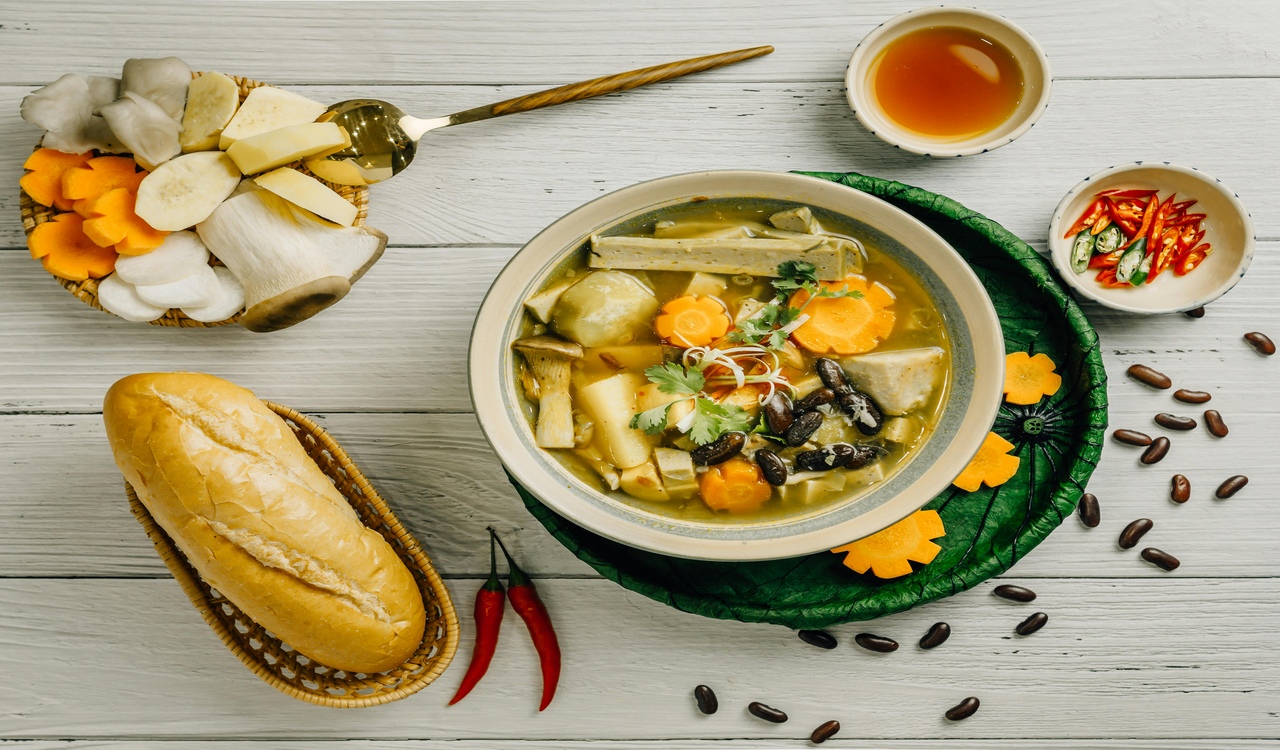11 Old Fashioned Recipes That Outshine Packaged and Frozen Meals

Old-fashioned recipes carry a warmth and depth that convenience meals rarely recreate. They rely on slow cooking, real ingredients, and simple techniques that let natural flavors shine. These classic dishes connect memory with comfort, reminding us how satisfying a meal can be when time and care guide each step. Whether baked, simmered, or stirred, each recipe offers a richness that packaged or frozen meals often miss.
1. Classic Skillet Lasagna with Ground Beef

Skillet lasagna condenses the beloved architecture of lasagna into a single, nimble pan while preserving the layered flavors that frozen versions struggle to replicate. Browning ground beef and slowly building a tomato base releases caramelized sugars and Maillard aromas that a frozen block cannot develop in transit or reheating. Fresh herbs, proper simmer time, and quality cheeses meld into creamy pockets that give a satisfying mouthfeel, and the quick oven finish crisps edges for contrast. The result tastes fresher, uses whole ingredients, and adapts easily to available produce or dietary tweaks, making it more flavorful and wholesome than mass-produced alternatives.
2. Chicken Bog

Chicken bog is a regional slow-simmered dish that turns humble ingredients into a comforting one-pot meal through time and gentle heat, a technique frozen meals simply cannot match. Simmering bone-in chicken yields a gelatin-rich broth and layered savory notes from marrow and collagen, while rice absorbs and concentrates those flavors. Onion, celery, and bay leaf released over long heat contribute subtle umami and aromatic depth. The finished dish has variable textures, tender meat, and broth that tastes like time, not chemistry, a home-cooked advantage that packaged products rarely approximate.
3. Dutch Apple Pie Squares
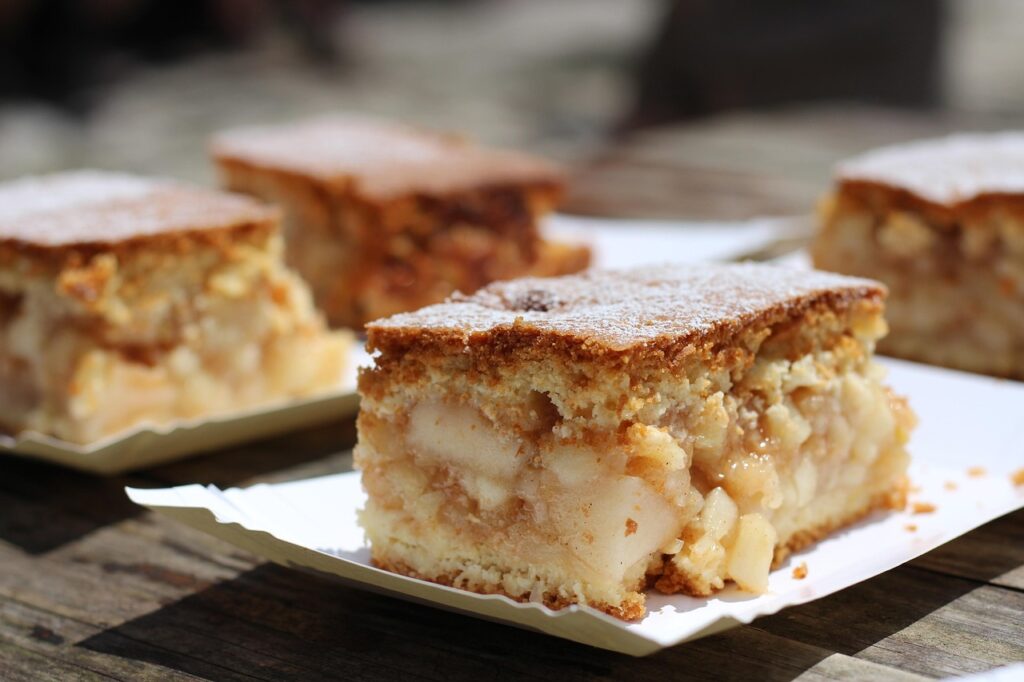
Dutch apple pie squares showcase the advantage of fresh fruit and attentive baking: tender cubes of apple, brightened with lemon and kissed with cinnamon, rest under a buttery crumble that crisps in the oven. Unlike frozen desserts that can turn soggy when reheated, a properly baked square maintains crisp topping and a saucy but structured fruit layer because excess moisture is cooked off rather than trapped. Butter and flour toasted just so create texture complexity, and the natural sweetness and acidity of apples carry less need for industrial stabilizers, so the whole dessert tastes fresher and more balanced than packaged substitutes.
4. Grandma’s Ambrosia Salad

Ambrosia salad is a retro fruit-and-dreamy-dressing combination that highlights how fresh citrus, canned fruit with proper drainage, and cooled marshmallows can coexist to form textural contrast and bright flavor. When assembled with attention-draining syrups, using ripe fruit, and chilling to marry flavors, it outperforms prepackaged fruit salads by offering crispness, controlled sweetness, and adjustable creaminess. Simple steps, like not overmixing and adding a splash of fresh orange or pineapple juice, preserve distinct bites rather than the homogenized mush that packaged versions often become after long storage.
5. Meaty Texas Cowboy Stew

A hearty cowboy stew relies on brown searing of large meat chunks, deglazing, and a long simmer to coax deep, roasted flavors into the broth and tenderize connective tissue into silky gelatin. Industrial frozen stews often suffer from uniform, boiled flavors because meat is precooked too far in advance, and flavors degrade during freezing. In contrast, cooking from scratch allows control over cut selection, seasoning balance, and vegetable addition, resulting in a stew with layered aromas, bite-to-bite variation, and a satisfying, unprocessed mouthfeel that reconstituted meals struggle to reproduce authentically.
6. Old-Fashioned Mac and Cheese
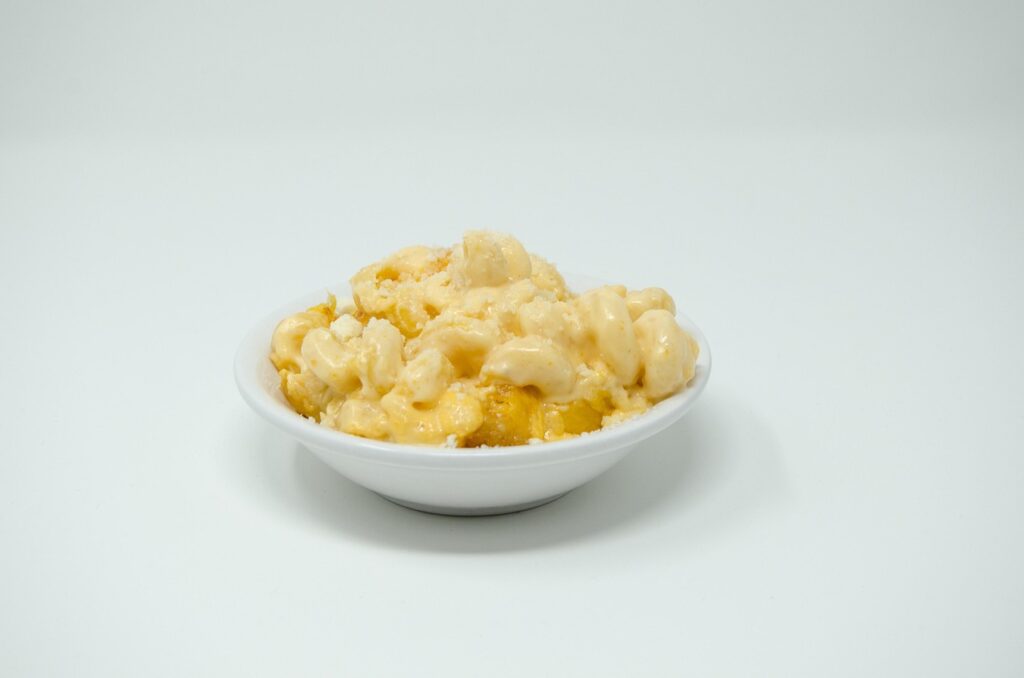
Old-fashioned mac and cheese uses a béchamel base and the right melting cheeses to deliver a glossy, silky sauce that coats pasta evenly, creating a comforting creaminess without the graininess or gluey texture found in some frozen counterparts. Real dairy and slow cheese integration produce fat-protein emulsions that thaw and reheat gracefully, while baking briefly adds a golden crust that contrasts with the tender interior. You can tweak texture with breadcrumb topping or extra sharp cheese, and the result tastes homemade and indulgent without additives or stabilizers common in packaged versions.
7. Shipwreck Casserole
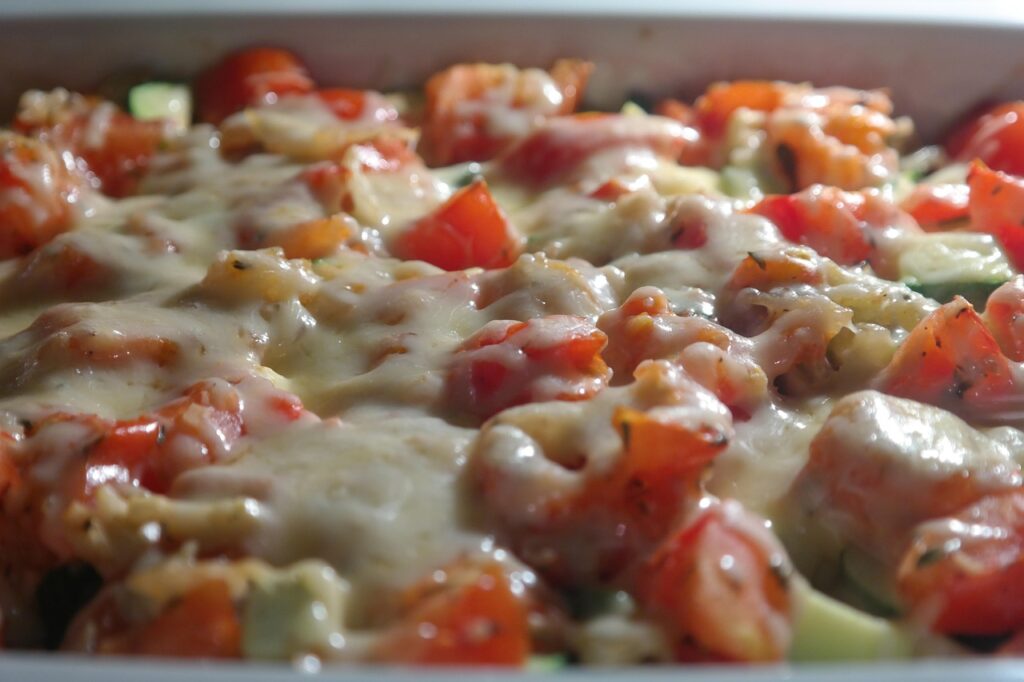
Shipwreck casserole exemplifies the virtue of combining pantry staples thoughtfully to make something more than the sum of its parts; canned tuna, noodles, peas, and a creamy binder become cohesive when freshly assembled and baked. Proper seasoning moments, like sautéing aromatics before combining, permit depth that frozen equivalents lack because they remove cook-time decisions. Freshly baked, the casserole achieves edges with toasted textures and an interior that retains distinct ingredient identity, whereas frozen trays often blur flavors together and add preservatives that dull nuances. The homemade approach rewards small techniques that elevate comfort food.
8. Baked Scotch Eggs

Baked scotch eggs transform humble boiled eggs into savory morsels where seasoned sausage and a crisp outer crust provide contrast in each bite. When prepared from scratch, you control meat seasoning, breading hydration, and oven timing so the white stays tender and the sausage juicy. Frozen versions often compromise on sausage quality and rely on uniform pre-processing that flattens flavors and texture. Freshly baked scotch eggs present layered flavor, mustard, herbs, black pepper, and a handmade crust that reflects technique, making them a noticeable step above mass-produced alternatives in both taste and satisfaction.
9. Chicken & Corn Chowder
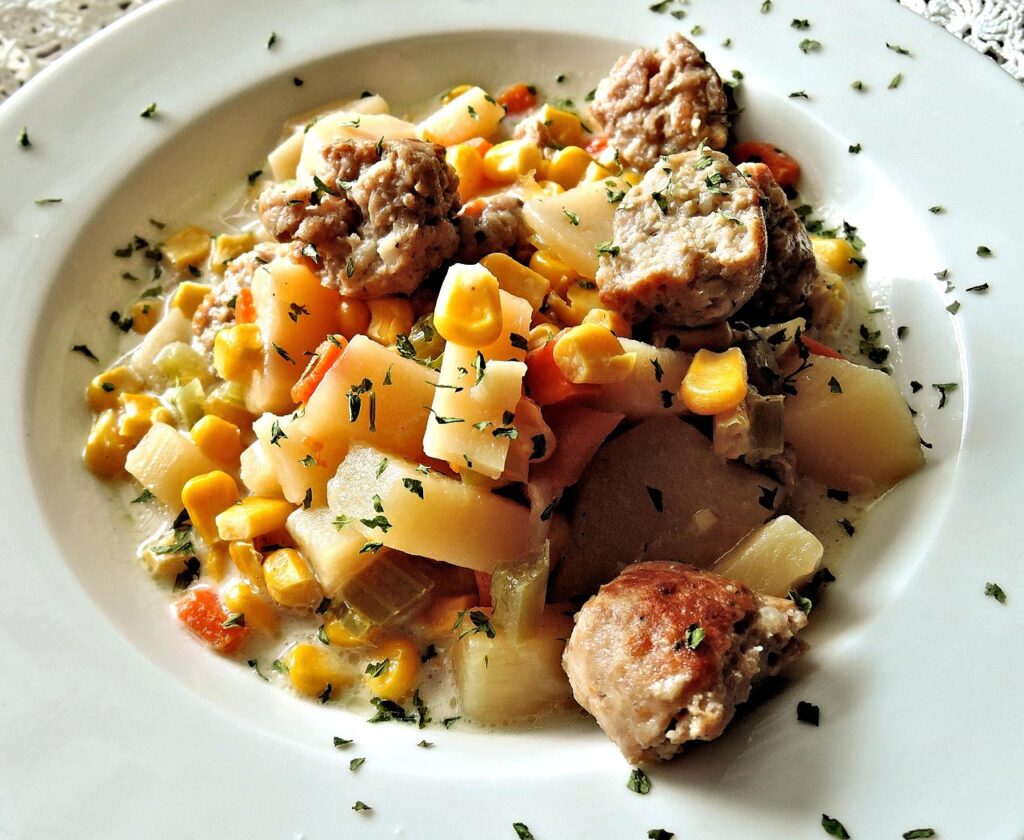
A homemade chicken and corn chowder concentrates sweetness from fresh corn kernels and savory depth from slow-simmered stock, resulting in a rich, layered bowl that relies less on starch thickeners and more on ingredient quality. Building flavor through sweating mirepoix, deglazing, and gentle simmering integrates aromatics naturally, and finishing with cream or milk produces a luscious mouthfeel without excessive gums or stabilizers. The fresh kernels maintain snap and sweetness, giving texture contrast lost in frozen chowders that often taste homogenized after freezing and reheating.
10. Potatoes with Sour Cream & Bacon

Potatoes dressed with sour cream and crisp bacon show how simple, fresh elements can create a complex experience through texture contrast and acid balance. Parboiling and pan-roasting or baking allow skins to caramelize and interiors to stay fluffy, then a dollop of tangy sour cream cuts the richness while bacon provides smoky crunch. Packaged potato sides often rely on emulsifiers and extended steam-in-pouch processing that leave a uniform, sometimes gluey texture. The homemade version retains individual mouthfeel, bright dairy acidity, and the caramelized notes that give this dish a handmade advantage.
11. Garlic Butter Pork Chops
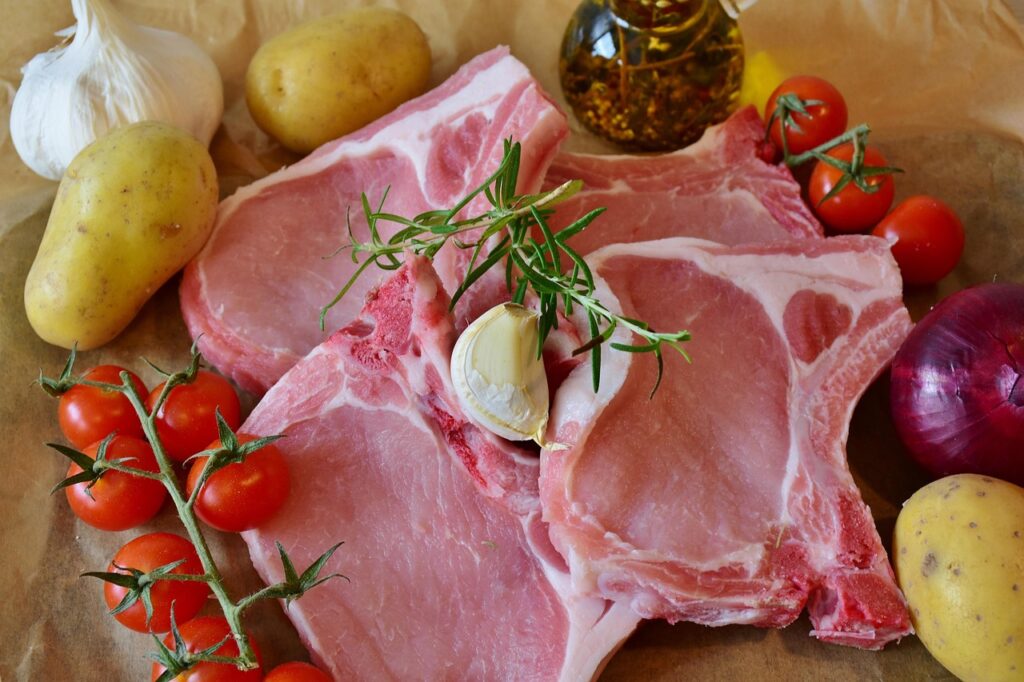
Garlic butter pork chops demonstrate how fast, skillful cooking creates a moist, flavorful main where caramelized crust and browned bits enrich the sauce. Starting with good chops, patting them dry, seasoning well, and finishing with a butter-basted pan sauce preserves juiciness and builds depth through fond deglazing. Packaged or frozen chops often lack searing potential and suffer from moisture loss or icy flavor. A fresh approach yields nuanced garlic aromatics, a glossy butter glaze, and proper texture contrasts that make the meal taste lovingly prepared rather than industrially processed.







